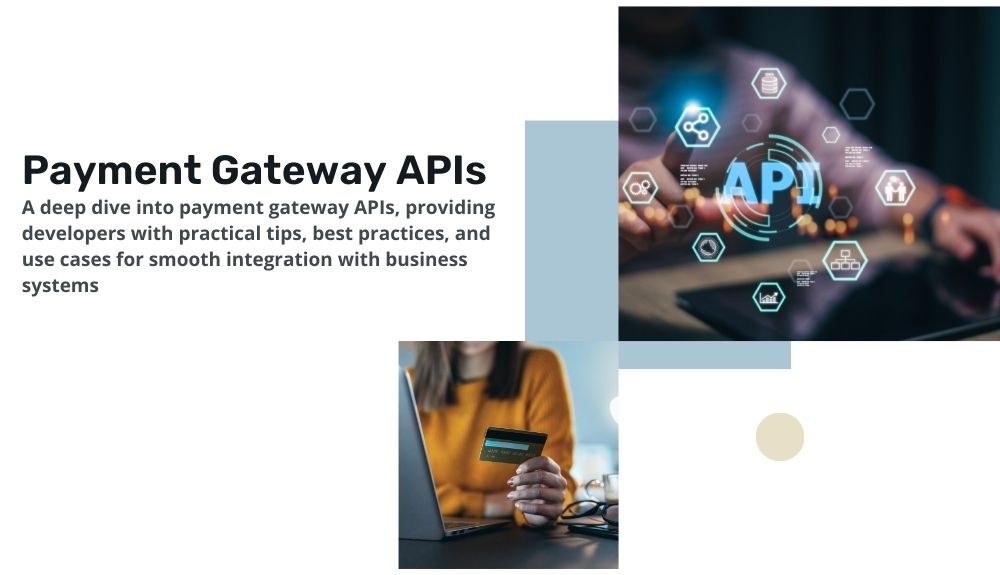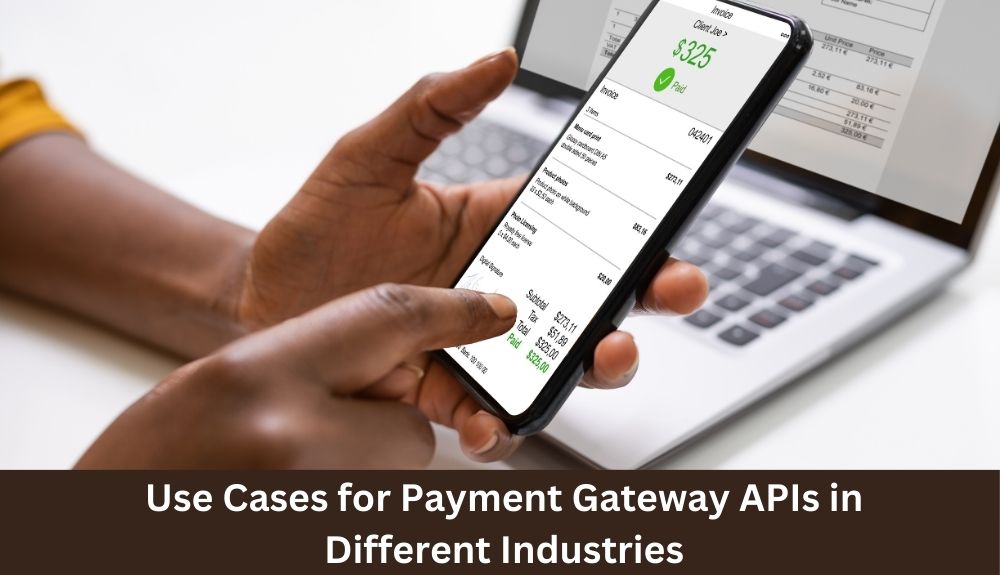
By max March 7, 2024
Welcome to the gateway of seamless transactions and enhanced user experiences! Dive into the world of Payment Gateway APIs with us as we unravel the key to unlocking a smoother integration process for developers. Whether you’re a seasoned coder or just dipping your toes into the realm of payment systems, this blog is your go-to resource for practical tips, best practices, and real-world use cases that will elevate your understanding and implementation of these essential tools. Let’s embark on this journey together and explore how Payment Gateway APIs can revolutionize the way businesses conduct online transactions.
The Importance of Choosing the Right Payment Gateway API
When it comes to integrating a payment gateway API, the importance of choosing the right one cannot be overstated. The payment gateway API serves as the bridge between your business and your customers, enabling secure transactions seamlessly.
Selecting the appropriate payment gateway API can impact not only the user experience but also your business’s bottom line. Factors such as reliability, security features, ease of integration, and compatibility with your existing systems all play a crucial role in this decision-making process.
Furthermore, different businesses have varying needs and requirements when it comes to processing payments online. Whether you are in e-commerce, healthcare, or travel industry – selecting a payment gateway API that aligns with your specific industry standards and regulations is vital for smooth operations.
In essence, taking the time to research and assess various options before settling on a payment gateway API can greatly benefit your business in terms of efficiency, security, and customer satisfaction.
Practical Tips for Developers When Integrating Payment Gateway APIs

Developers, when integrating payment gateway APIs into your systems, it’s crucial to start by understanding the specific requirements of your business. Take the time to research and select a payment gateway that aligns with your needs and offers comprehensive documentation for easy integration.
Ensure that you stay updated with the latest industry standards and security protocols when implementing payment gateway APIs. Security should always be a top priority to protect sensitive customer information and prevent fraudulent activities.
Testing is key! Before going live, thoroughly test the integration to identify any potential issues or bugs. Conduct various test scenarios to guarantee a seamless transaction process for end-users without any disruptions.
Collaborate closely with your team members during the integration process. Effective communication can help streamline development efforts and address any challenges that may arise swiftly.
Stay proactive in monitoring transactions post-integration. Regularly check system logs, error reports, and user feedback to continuously optimize performance and enhance user experience.
Best Practices for Smooth Integration with Business Systems
When it comes to integrating payment gateway APIs with your business systems, there are several best practices to keep in mind for a seamless experience. Ensure that you thoroughly understand the documentation provided by the payment gateway provider. This will help you grasp the necessary endpoints, parameters, and authentication methods needed for integration.
Always test your integration in a sandbox environment before going live. Testing allows you to iron out any bugs or issues before they impact real transactions. Additionally, consider implementing webhooks to receive real-time updates on transaction statuses and reduce manual checks.
Moreover, prioritize security by following industry standards such as PCI DSS compliance and tokenization of sensitive data. Regularly update your API version to leverage new features and enhancements while maintaining compatibility with older systems.
Maintain clear communication between your development team and stakeholders throughout the integration process for transparency and alignment on project goals.
Use Cases for Payment Gateway APIs in Different Industries

Payment gateway APIs have revolutionized the way businesses across various industries process online payments. In the e-commerce sector, these APIs enable seamless transactions for customers buying products and services online. Retailers can integrate payment gateways to offer secure and convenient checkout experiences.
In the travel industry, payment gateway APIs facilitate quick and reliable booking processes for flights, hotels, and car rentals. Travel agencies leverage these APIs to accept payments from customers worldwide without worrying about currency conversions or fraud.
Healthcare providers use payment gateway APIs to securely collect patient co-pays and fees for medical services rendered. This ensures efficient billing processes while maintaining patient confidentiality.
For subscription-based businesses like streaming services or software providers, payment gateway APIs support recurring billing cycles effortlessly. Customers enjoy uninterrupted access to their subscriptions with automatic payments processing in the background.
Payment gateway APIs play a vital role in streamlining financial transactions across diverse industries, enhancing customer satisfaction and operational efficiency along the way.
Common Challenges and How to Overcome Them
When integrating payment gateway APIs, developers may encounter common challenges that can slow down the process. One challenge is dealing with complex documentation provided by different payment gateways, which can be overwhelming to understand at first.
Another challenge developers face is ensuring secure data transmission between systems to prevent potential breaches and ensure customer trust. This requires implementing robust encryption protocols and following best security practices.
Moreover, troubleshooting errors during integration can be time-consuming and frustrating. Developers need to have a systematic approach to identify issues quickly and implement effective solutions without disrupting the entire system.
Furthermore, staying updated with evolving technologies and industry standards is essential to overcome compatibility issues that may arise when integrating payment gateway APIs across various platforms.
By proactively addressing these challenges through thorough research, collaboration with experts, and continuous testing, developers can streamline the integration process for seamless transactions within business systems.
Conclusion and Future Outlook for Payment Gateway APIs
As technology continues to advance, payment gateway APIs will play an increasingly crucial role in facilitating secure and seamless online transactions. Developers must carefully select the right payment gateway API that aligns with their business needs and technical requirements for successful integration.
By following practical tips, best practices, and learning from use cases in various industries, developers can ensure a smooth integration process that enhances the overall efficiency of their business systems.
Despite challenges that may arise during integration, such as security concerns or compatibility issues, proactive problem-solving and collaboration with payment gateway providers can help overcome these obstacles effectively.
Looking ahead, the future outlook for payment gateway APIs is promising. With ongoing innovations in fintech and e-commerce sectors, we can expect to see even more advanced features and functionalities being offered by payment gateway APIs to meet the evolving demands of businesses and consumers alike.
Stay informed about emerging trends in payment technologies and continue honing your skills as a developer to make the most out of what payment gateway APIs have to offer in this rapidly changing digital landscape.
